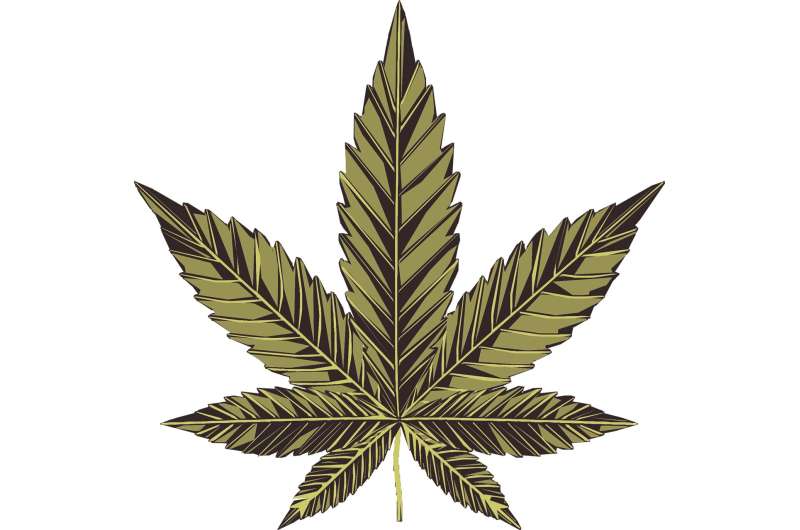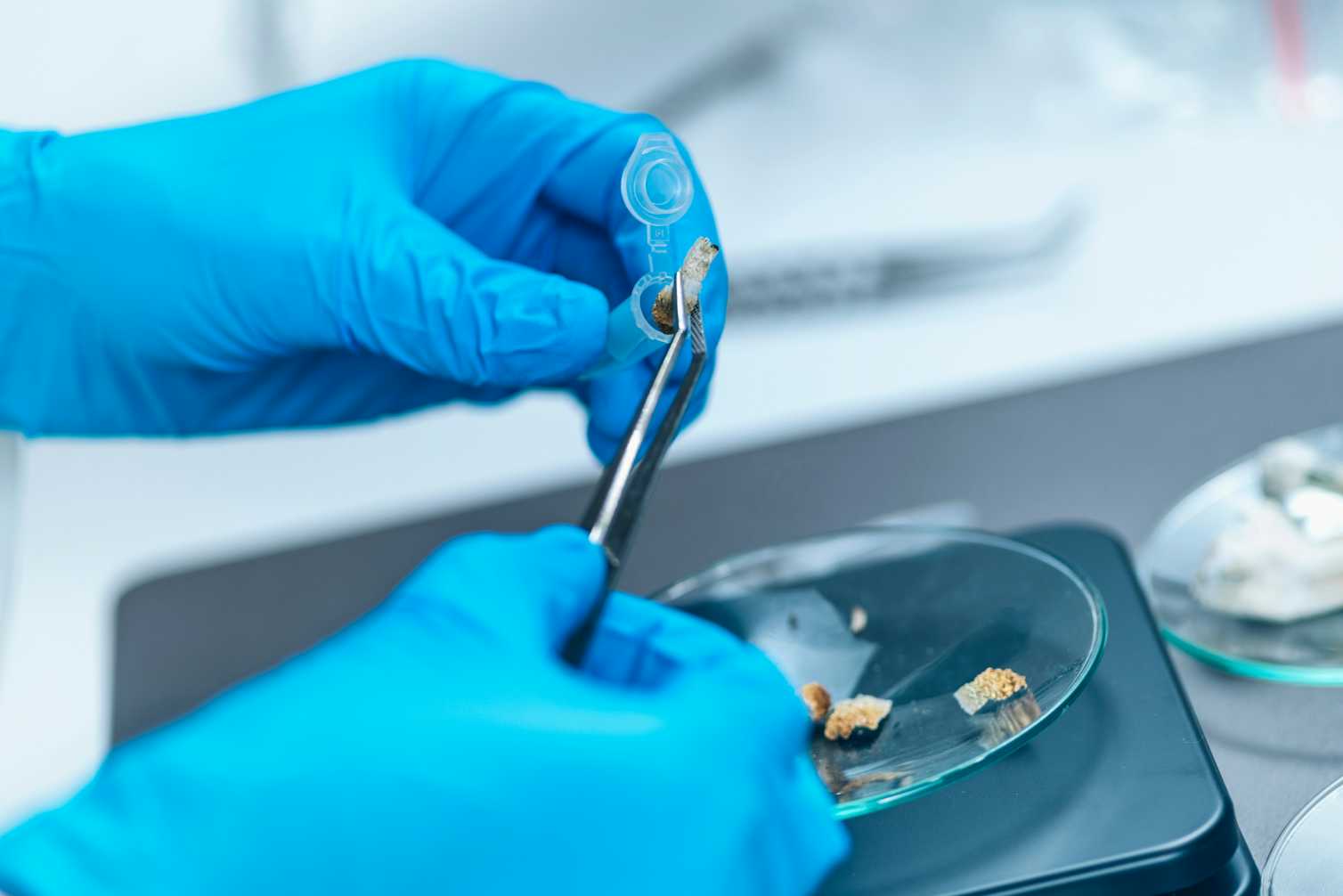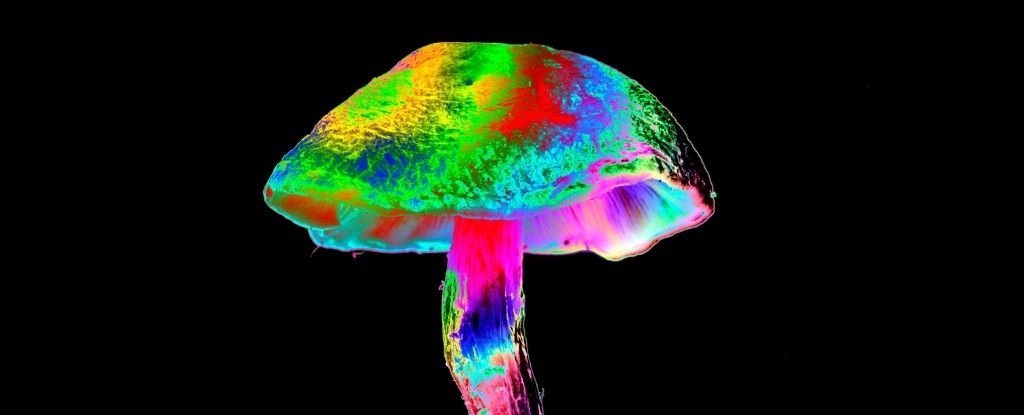Misc. news stories

For the first time in nearly a century, physicists have identified a brand new type of magnetic material. Physicists have reported a new class of magnetic materials called altermagnets, which could lead to new technologies such as faster, more efficient computer hard drives.

A team of Brown University researchers are launching a study to test the combined use of the drug MDMA and talk therapy as a treatment for post-traumatic stress disorder and alcohol use disorder in military veterans. The study is the first at Brown on MDMA-assisted therapy and the first anywhere to test the treatment’s effectiveness for dual disorders.
Image from Photo the U.S. Marine Corps, Wiki Commons
A new study published in the Journal of Psychedelic Studies raises important concerns. It suggests that while there may be benefits, there are also significant risks. The study focuses on the negative effects reported by therapists who facilitate such treatments, highlighting that the impacts of psilocybin are not universally beneficial and can vary widely from one individual to another.

Stoners are not as lazy and unmotivated as stereotypes suggest, according to new U of T Scarborough research. The study, published by the journal Social Psychological and Personality Science, surveyed chronic cannabis users to see what effect getting high has on their everyday lives.
Recent research published in the journal Drug Science, Policy and Law challenges the common belief that childhood trauma affects the experience of ayahuasca, a plant-based psychedelic. Surprisingly, the study finds no connection between prior childhood trauma and the intensity of challenges faced when under the influence of ayahuasca.

Legislative restrictions have made it difficult to obtain government funding for psychedelic research, but now corporations are stepping up to fund clinical trials. Although this support may help accelerate researchers’ understanding of psychedelics, it also sparks concern as a conflict of interest.
The phenomenon of “cancel culture” has become a prominent feature of online discourse, where individuals or brands are publicly called out and boycotted for perceived transgressions. A recent study published in the journal Acta Psychologica explored the psychological underpinnings of why some people are more inclined to engage in canceling behaviors than others

In a recent study, researchers at Imperial College London investigated the complex relationship between psychedelics and mental health, highlighting the potential risks for people with personality disorders.
A study on mice has revealed that ayahuasca acts as a potent analgesic without causing any detectable toxic effects. This analgesic property is partly due to harmine, a significant component of ayahuasca. The findings were published in the Journal of Ethnopharmacology.
Social media buzz and advertising claims have painted the cannabis derivative THC-O-acetate (THC-Oac) as a substance capable of delivering psychedelic experiences akin to LSD or psilocybin mushrooms. However, a recent study led by researchers at the University at Buffalo and published in the Journal of Psychoactive Drugs presents a different narrative, debunking these claims through scientific inquiry.
A recent study has shown that even very low doses of LSD can enhance the complexity of brain activity, a finding that might have significant implications for our understanding of consciousness and possibly for therapeutic applications.

Some physicists have long suspected that mysterious ‘ghost’ particles in the world around us could greatly advance our understanding of the true nature of the Universe.
A recent study published in Science Advances sheds light on why certain rhythms make us want to dance more than others. By analyzing brain activity and the sensation known as ‘groove,’ researchers discovered that a rhythm of moderate complexity triggers the highest desire to move.
A recent study examined the role of patient expectations in influencing the outcomes of treatments with psilocybin, a psychedelic substance, compared to escitalopram, a widely prescribed antidepressant. Contrary to what some might expect, the study did not find a significant link between patients’ expectations and their actual responses to psilocybin therapy.
:format(webp)/cdn.vox-cdn.com/uploads/chorus_image/image/73211364/AP24062114153683.0.jpg)
Four years ago, the state decriminalized all drugs. Now it’s trying to course-correct — and might make a mistake in the process.
A recent study published in Scientific Reports reveals new insights into how psilocybin-assisted therapy modifies brain function in people with alcohol use disorder (AUD). These changes suggest a potential mechanism behind the therapy’s success and could point toward new avenues for treatment.








